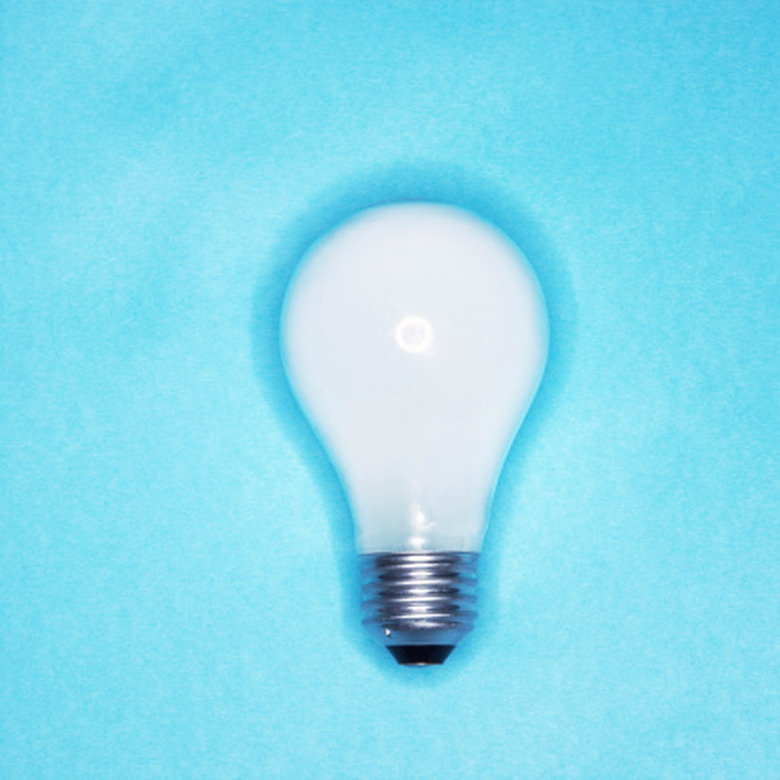6th Grade Electricity Project Ideas
The sixth-grade science curriculum encourage students to learn about the development of hypotheses, independent observation and careful recording of all the changes. Projects involving electricity teach important concepts about circuits, conducting electricity, magnetic fields, batteries and charges. The best projects balance fun ideas with opportunities to observe scientific phenomena and learn scientific principles.
Battery Life
Battery Life
This experiment tests the life of four different batteries. Choose different brands of batteries to determine which has the longer battery life. Place the batteries in four identical flashlights. Turn the four flashlights on and allow them to shine until the batteries run out. Rank each battery according to battery life.
Thick or Thin
Thick or Thin
This project asks whether electricity moves better through thin or thick wire. Take a D-cell battery and cut a straw at the same height for each. Tape the straw (vertically) to each battery. Pull a few strands of wire from steel wool and twist together to form a thin wire. Do the same to make a thicker wire. Put the wire through the straws and tape the wire to the negative side of the battery. Take the wire at the positive end of the batteries and twist it around the bottom of a light bulb and secure it with tape. Touch the bottoms of the light bulb to the positive end of the battery and compare the bulbs to see which one burns brighter. The brighter burning bulb is the one that conducts electricity better.
Simple Circuit
Simple Circuit
Build a simple circuit. Place one battery in a battery holder and a light bulb in a light bulb holder. Using alligator clips, connect one side of the battery holder with a screw on one side of the light bulb holder. Do the same with an alligator clip on the other side of the battery holder and light bulb holder. The bulb only lights when the circuit is complete (both sides are connected to the light bulb). Interrupt the circuit (disconnect one battery side) and the bulb does not light.
Build a Battery
Build a Battery
Make your own battery with a potato. Straighten a wire paper clip and stick it into one side of a potato, put stiff copper wire into the other side of the potato. Connect the paper clip to the negative probe of a DC voltmeter. Connect the copper wire to the positive probe of the DC voltmeter. Read the meter. A large potato can usually create around a 1/2 volt of electricity.
Cite This Article
MLA
Longren, Trudie. "6th Grade Electricity Project Ideas" sciencing.com, https://www.sciencing.com/6th-grade-electricity-project-ideas-8412413/. 24 April 2017.
APA
Longren, Trudie. (2017, April 24). 6th Grade Electricity Project Ideas. sciencing.com. Retrieved from https://www.sciencing.com/6th-grade-electricity-project-ideas-8412413/
Chicago
Longren, Trudie. 6th Grade Electricity Project Ideas last modified August 30, 2022. https://www.sciencing.com/6th-grade-electricity-project-ideas-8412413/
